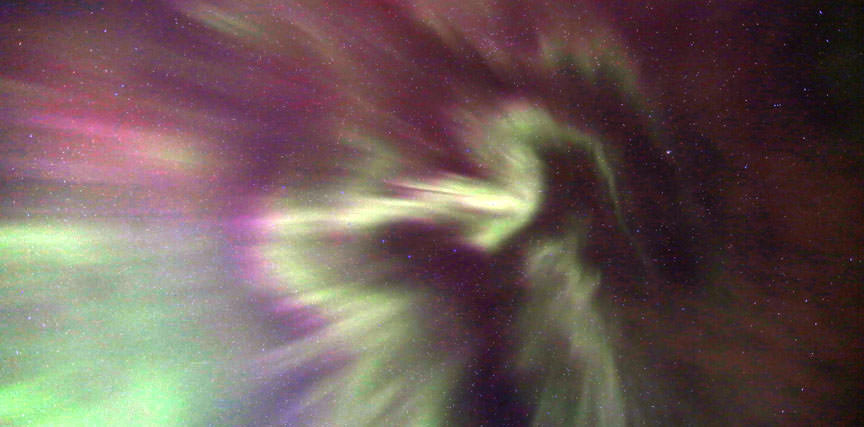The TRAPPIST-1 solar system generated a swell of interest when it was observed several years ago. In 2016, astronomers using the Transiting Planets and Planetesimals Small Telescope (TRAPPIST) at La Silla Observatory in Chile detected two rocky planets orbiting the red dwarf star, which took the name TRAPPIST-1. Then, in 2017, a deeper analysis found another five rocky planets.
It was a remarkable discovery, especially because up to four of them could be the right distance from the star to have liquid water.
Continue reading “TRAPPIST-1 Outer Planets Likely Have Water”









